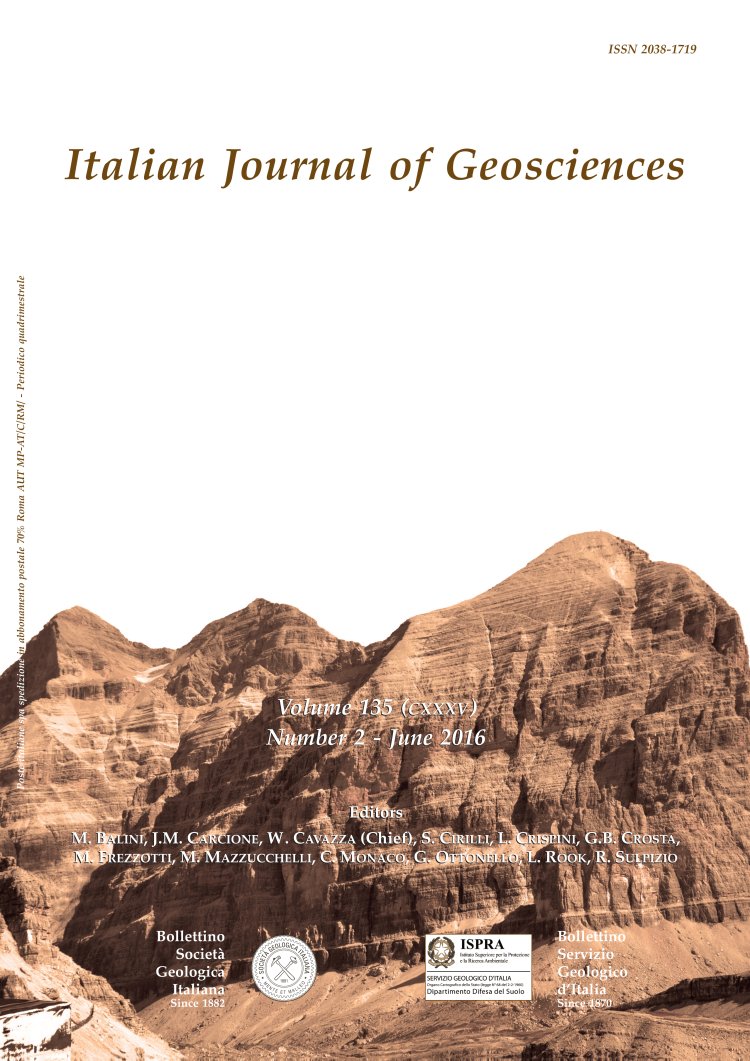
Testing two open-source photogrammetry software as a tool to digitally preserve and objectively communicate significant geological data: the Agolla case study (Umbria-Marche Apennines)
Angelo Cipriani (*), Paolo Citton (*), Marco Romano (*) & Simone Fabbi (*)
(*) Dipartimento di Scienze della Terra, "Sapienza" Università di Roma, P.le Aldo Moro, 5 - 00185, Rome, Italy. Corresponding author e-mail: simone.fabbi@uniroma1.it
Volume: 135 (2016) f.2
Pages: 199-209
Abstract
The digital storage and communication of significant geological data became increasingly more objective and accessible through the development of new technologies or the implementation of already well-known techniques as photogrammetry. Digital acquisition of geometries (both structural and depositional) of significant geological outcrops is deemed necessary, especially if the site concerned is liable to be damaged or hopelessly involved in natural processes of geological and geomorphological evolution. In this paper, we tested the performances of two different open-source software (i.e. VisualSFM and ARC3D) on a small-scale but paradigmatic outcrop in the Umbria- Marche Apennines (Italy). The test showed that ARC3D provides an high-resolution model, employing a relatively short time and requiring a inexpensive hardware support for processing hundreds of photos.
In the text, 3D models of the selected outcrop are reported and discussed emphasizing the potential of the method to highlight structural, sedimentological and paleontological details.
As a result, 3D photogrammetry proved to be a powerful and effective tool to digitally conserve and objectively communicate important geological observations and to facilitate accessibility and dissemination of the collected data within the scientific community.
In the text, 3D models of the selected outcrop are reported and discussed emphasizing the potential of the method to highlight structural, sedimentological and paleontological details.
As a result, 3D photogrammetry proved to be a powerful and effective tool to digitally conserve and objectively communicate important geological observations and to facilitate accessibility and dissemination of the collected data within the scientific community.
Keywords
Get Full Text Supplementary Material